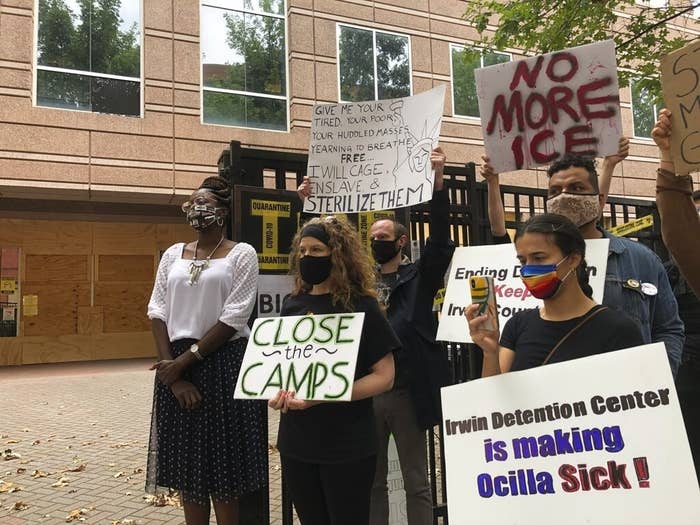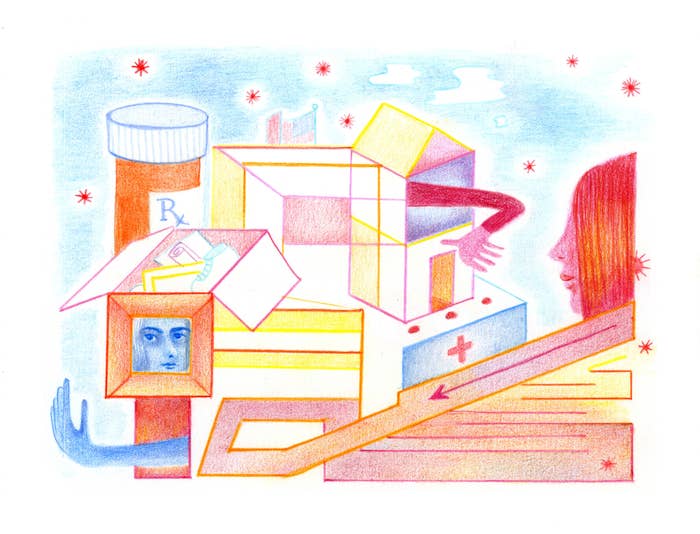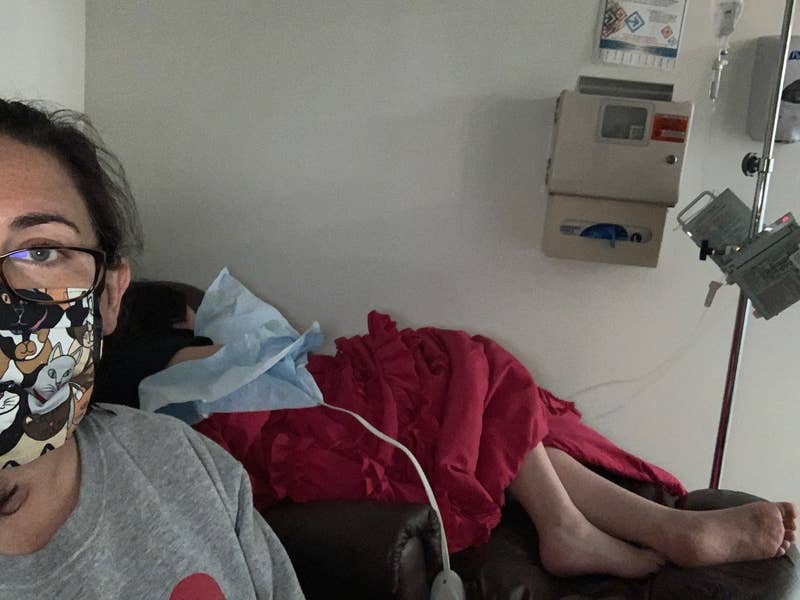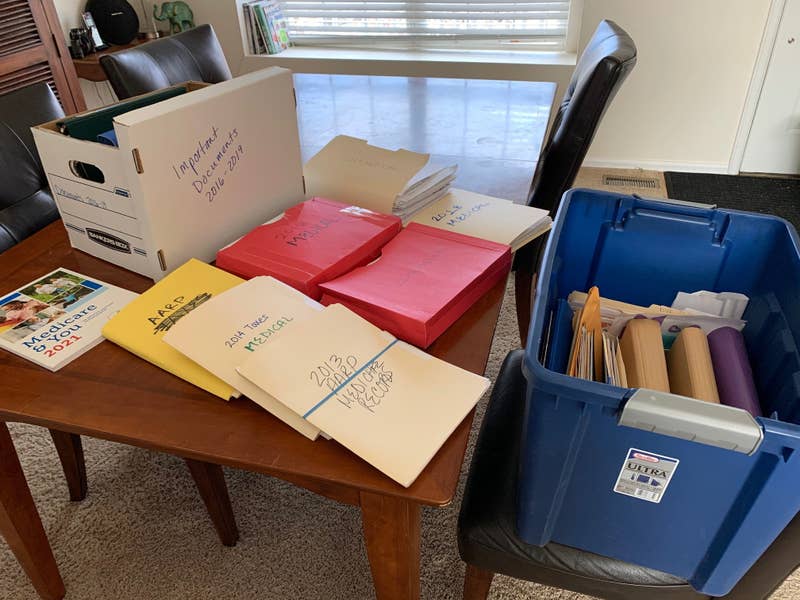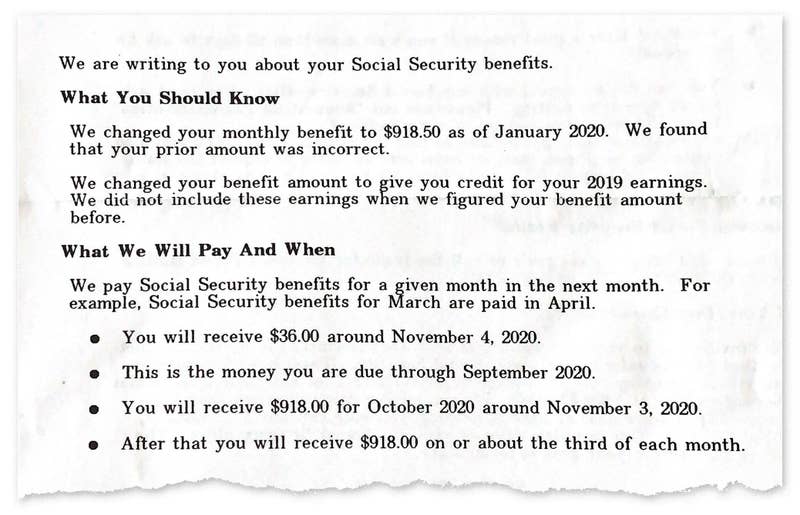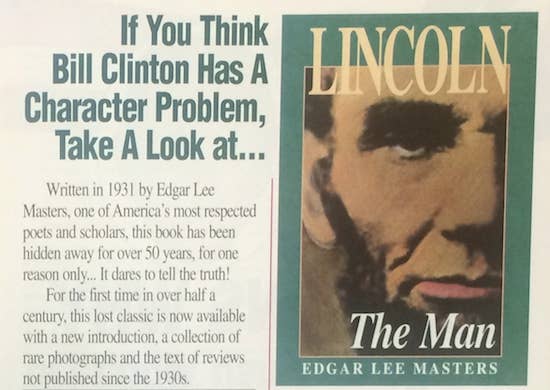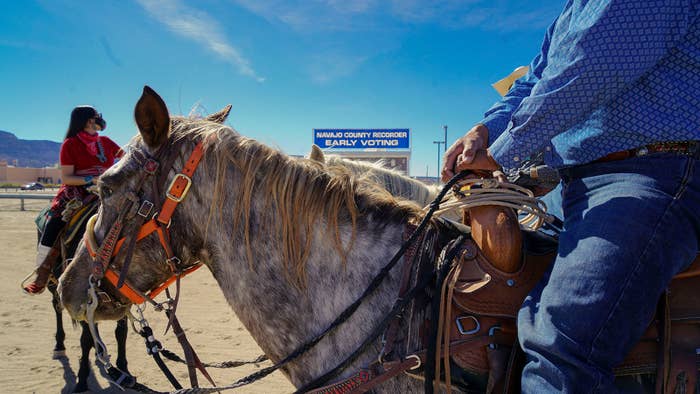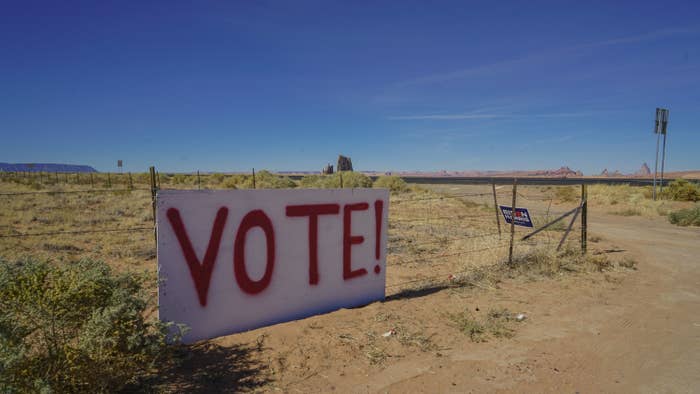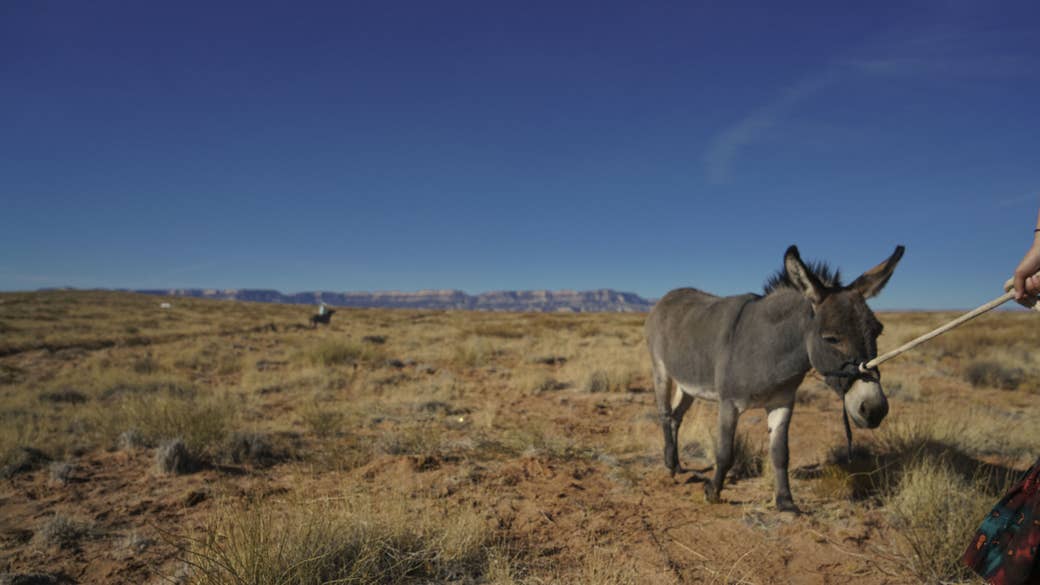
KPMG in South Korea released a new North Korea investment manual Monday that includes case studies of the Kaesong Industrial Complex, a jointly operated factory park in the North that was shuttered in 2016. File Photo by Keizo Mori/UPI | License Photo
Nov. 16 (UPI) -- A Big Four accounting firm has issued a new North Korea investment guide, a first-of-its-kind assessment of the country that caters to South Korean companies.
Samjong KPMG, part of KPMG International, issued the first "Practical Guide to Investment in North Korea" in partnership with local law firm Bae, Kim & Lee, also known as Taepyeongyang, Yonhap and the South Korean newspaper Herald Business reported Monday.

The two firms say the guide was published to prepare for an era of full-scale inter-Korea economic cooperation. North and South Korea have not held working-level talks this year.
According to Samjong KPMG, the book includes information on the North Korean economy, laws and policies in North Korea's special economic zones, as well as information on "potential opportunities." The guide also includes a special section on North Korean real estate, labor and trade.
Case studies of the Kaesong Industrial Complex, a North Korea-based factory park, are included. The shutdown of Kaesong in 2016 led to a $1.3 billion loss, according to a South Korean businesses association in 2017.
The accounting firm said the book is the first "practical reference" to be published in the South that includes information on the North's investment environment. The firm has been operating a North Korea business support center since 2014, and has provided legal services in the area of inter-Korea economic cooperation since 2002.
Kim Kyo-tae, chief executive of KPMG in Korea, said the firm hopes the book can provide foundational principles for "active business between North and South" in the future.
Kim Sung-jin, law partner at Taepyeongyang, said North Korea opportunities come with risks, but the country "cannot be dismissed," because of the "blue ocean of opportunities" it offers for South Korean companies.
"Firms must secure expertise," Kim Sung-jin said, according to Herald Business.
In 2018, chief executives of South Korea's top corporations, including Samsung Group, traveled to Pyongyang with South Korean President Moon Jae-in. Moon at the time proposed transforming the two economies by opening up trade and infrastructure links.
upi.com/7055510



